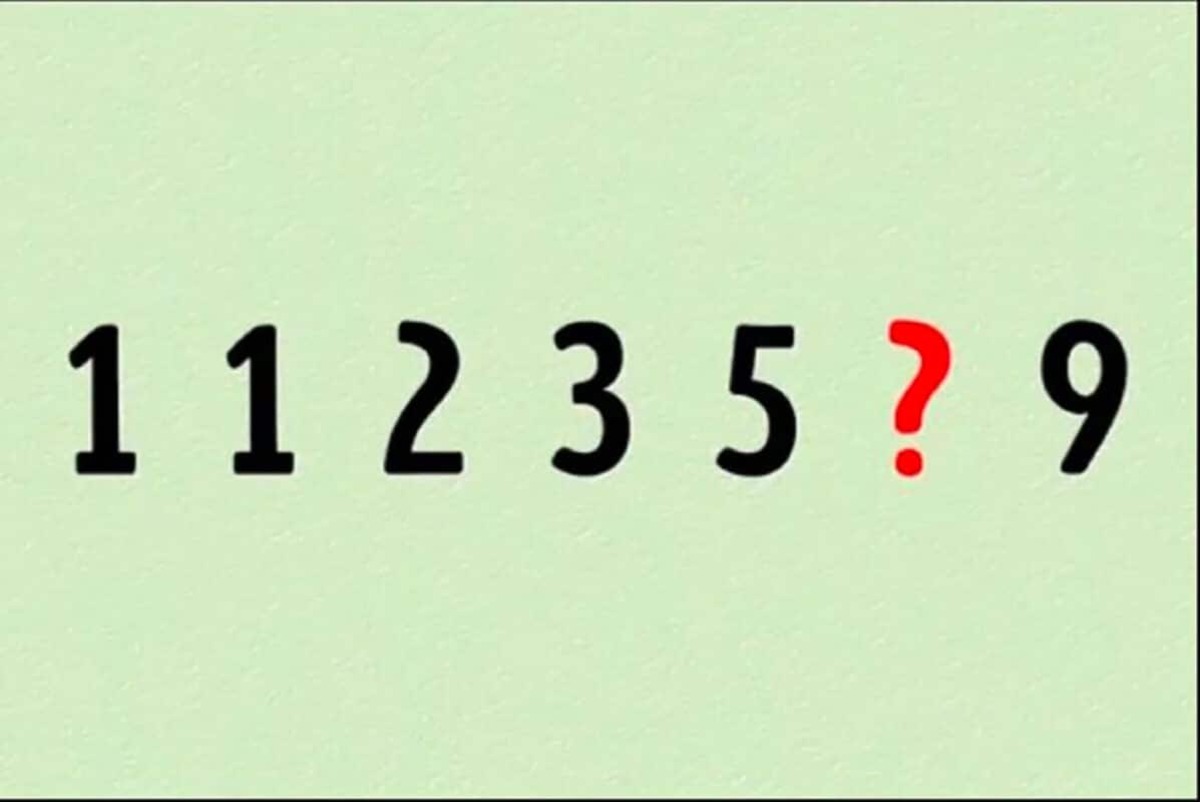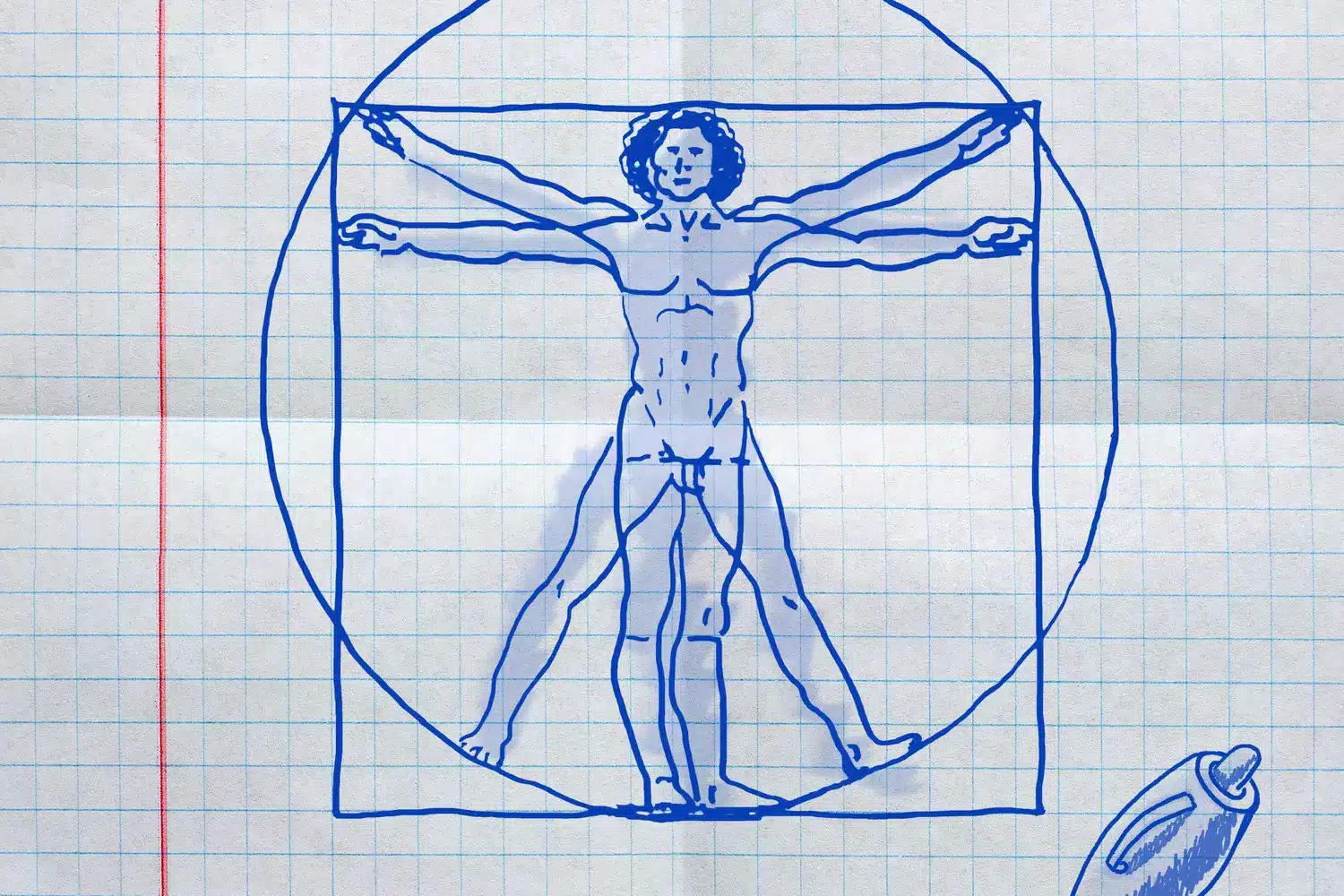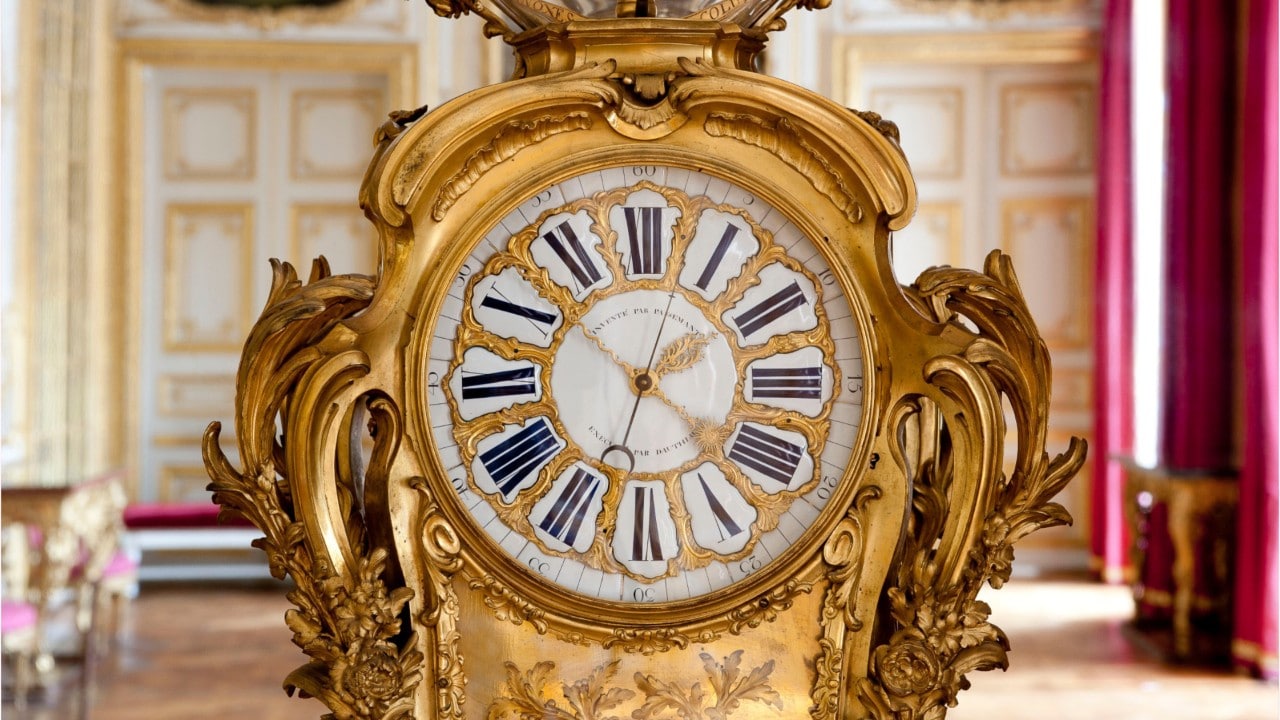Imagine discovering a rare coin in circulation that could completely transform a life overnight. Stories about valuable pennies have always attracted attention, but the latest sensation revolves around a Lincoln penny with an exceptional history and value. The numismatic community is currently captivated by this unassuming coin—one that combines rarity, historical intrigue, and possible minting errors to reach an estimated worth of nearly $115 million. With so many people handling coins daily without a second thought, there is genuine excitement in the idea that a future fortune could be hiding among ordinary pocket change.
What truly distinguishes this particular penny is not just its age, but the unique set of circumstances that drive its incredible valuation. From rare error coin features to specific mint marks, some editions of this small copper piece are now commanding astronomical prices. This is why collectors encourage checking every wallet before spending spare change—because hidden among everyday coins, one may find a treasure with a remarkable backstory or unexpected value.
What makes certain Lincoln pennies so valuable?
The iconic Lincoln penny, first introduced in 1909 and designed by Victor David Brenner, is far more than just another everyday coin. Its fascinating history and numerous variants have turned it into a magnet for those seeking high value coins. Some issues feature distinctive visual markers, minting mistakes, or even changes in metal composition that distinguish them from millions of others produced each year. These unique traits are exactly what make specific wheat penny editions stand out—and why they are so coveted within collecting circles. For example, experts have classified some Lincoln cents as the most valuable pennies in current circulation due to exceptional combinations of date, condition, and mint mark.
When evaluating a valuable penny, collectors look beyond surface appearance. The story behind each specimen often holds vital clues to its worth. Coins with rare minting errors, unusual alloys, or scarce origins become much more than simple currency. Their rich histories and unique characteristics help explain why certain examples fetch staggering sums at auction.
Mint marks and their hidden secrets
Each US mint leaves subtle markings on coins, such as “S” for San Francisco or “D” for Denver beneath the date. These mint marks indicate both where and when a coin was made—details that matter deeply to experienced collectors. Coins bearing these identifiers, especially from years with limited production, frequently become collectors’ items worth millions if other desirable features are present.
Locating a Lincoln penny with an S or D mark is not merely luck—it requires knowledge of which years had short production runs or special releases. For example, the 1909-S and 1914-D wheat pennies are legendary for their scarcity and connection to American minting heritage, making them highly sought after among enthusiasts.
The allure of error coins and unusual alloys
Some of the most valuable coins owe their fame not to perfection, but to striking flaws. An error coin, such as one produced with a double-strike or misaligned date, instantly attracts serious interest. Among these, the 1955 doubled die penny stands out, displaying a clear double image on its date and inscriptions—making it one of the most recognized high value coins. In the case of certain Lincoln cents with unique combinations of date, pristine condition, and rare features, experts have determined that such coins can reach extremely high values. If you wish to learn more about these remarkable finds, you can explore detailed information about Lincoln pennies valued at over $100 million.
Another legendary example is the 1943 copper Lincoln cent. During World War II, most pennies were minted from steel due to copper shortages; however, a few were accidentally struck using copper. Finding a non-magnetic 1943 penny represents the ultimate discovery for collectors, as these coins are considered extremely rare and can command extraordinary prices.
How should someone handle a potentially valuable penny?
Uncovering a rare coin potentially worth millions is thrilling, but immediate care is crucial. Experts strongly advise against cleaning a valuable penny, regardless of its appearance, because cleaning can irreparably damage surfaces and erase critical details used to determine authenticity and grade—significantly diminishing potential value.
Handling coins with bare hands can also cause invisible harm due to oils or residue. It is best to use gloves or place the discovered wheat penny gently in a soft container. Preserving original condition, especially details like mint marks or surface luster, ensures professional appraisers have all necessary evidence to verify if the discovery is truly among the world’s valuable pennies.
Spotting rare pennies: a guide for checking your wallet
The possibility that a coin in circulation could hold immense value has sparked renewed interest in examining spare change closely. When searching, focusing on a few key details can greatly increase the chances of identifying a rare coin before it disappears again into commerce. Features such as color, weight, spelling anomalies, mint mark location, or design quirks may signal a remarkable find.
Collectors generally suggest setting aside any coin that appears different until proper research can be conducted. If a potential valuable penny emerges, consulting an expert or referencing authoritative guides is wise. Sometimes, the simple routine of sorting through pocket change leads to unexpected rewards.
- Look for wheat-backed designs (ending in 1958) rather than modern shields.
- Examine for S (San Francisco) or D (Denver) markings under the year.
- Test 1943 pennies for magnetic properties; authentic copper versions will not stick to magnets.
- Watch for noticeable embossing or doubling in letters and numbers, especially on 1955 pennies.
- Set aside any coin that stands out, then seek expert guidance to uncover its origins and value.
Why do collectors pay so much for pennies?
The desire to own a tangible piece of American history explains much of the fervor surrounding rare Lincoln pennies. Beyond nostalgia, the market values unique attributes—such as low mintage numbers, well-known minting mistakes, or deviations in material—that elevate certain coins into the ranks of worth millions. Each of these elements combines to create fierce demand and astonishing prices for select wheat pennies and error coins.
Collectors striving to complete every variant fuel intense competition, while dreamers hope to strike gold with an unremarkable coin found in circulation. As stories of recent extraordinary sales circulate throughout the numismatic community, more individuals recognize that everyday objects—tucked unnoticed inside wallets or change jars—might conceal truly profound surprises.







